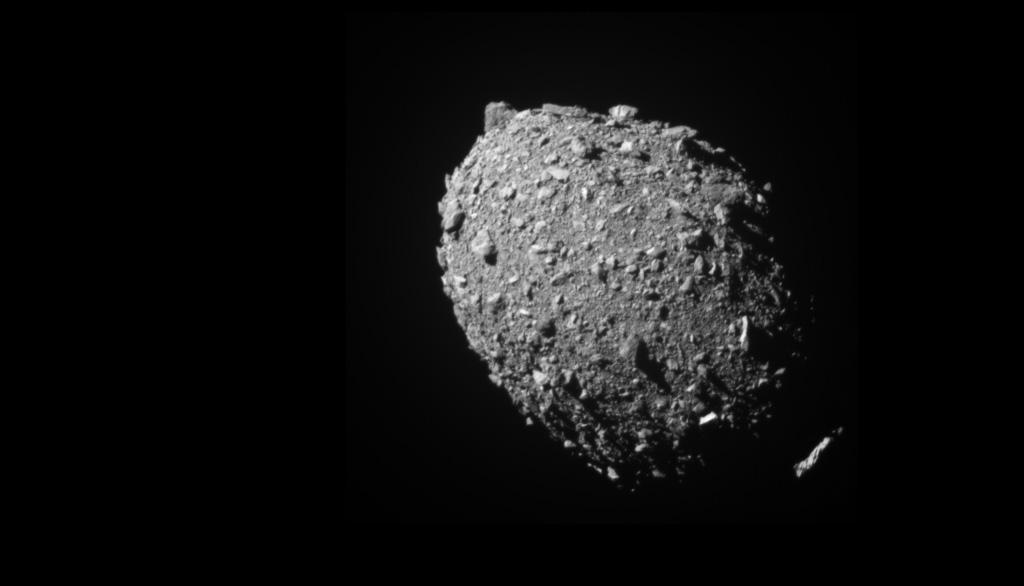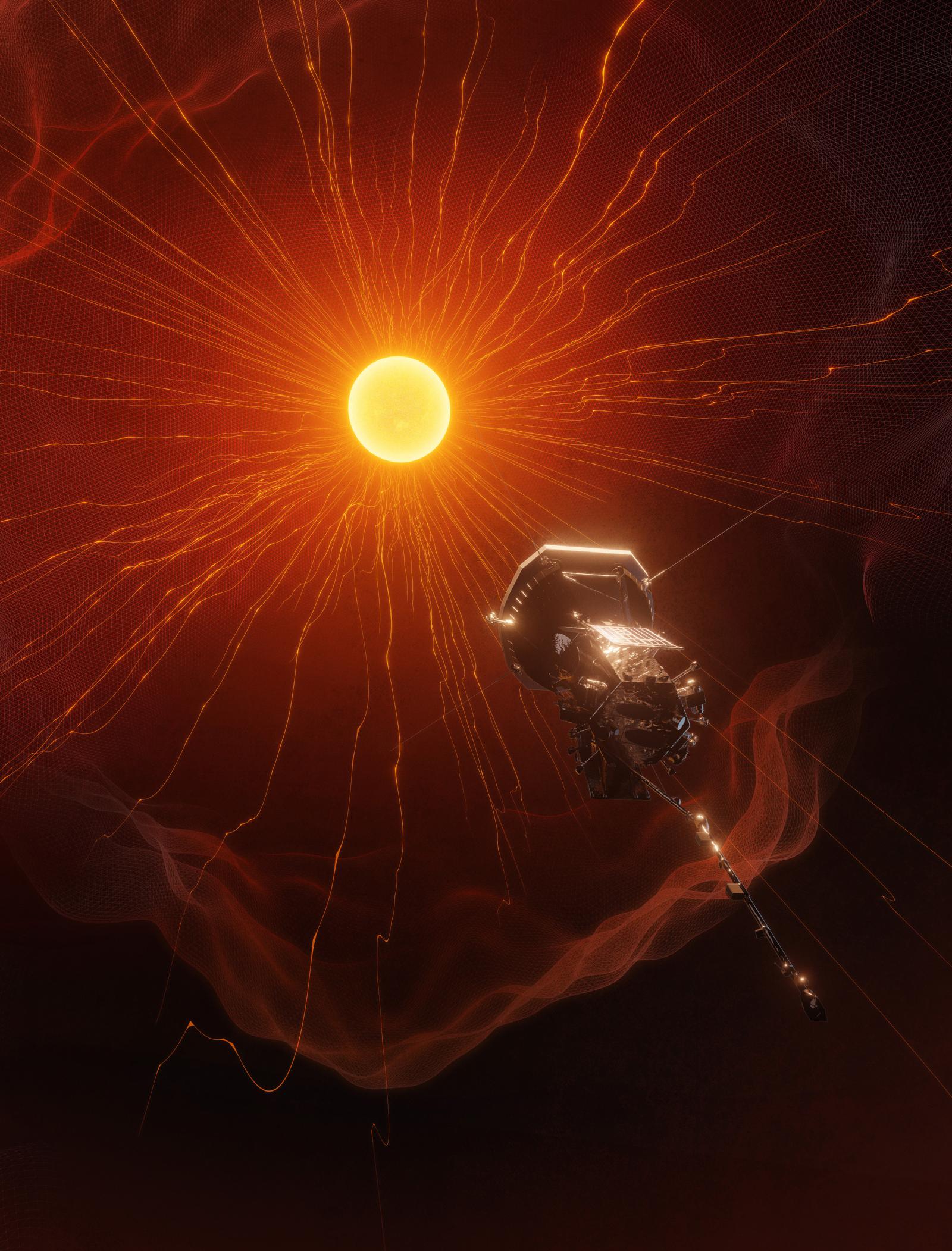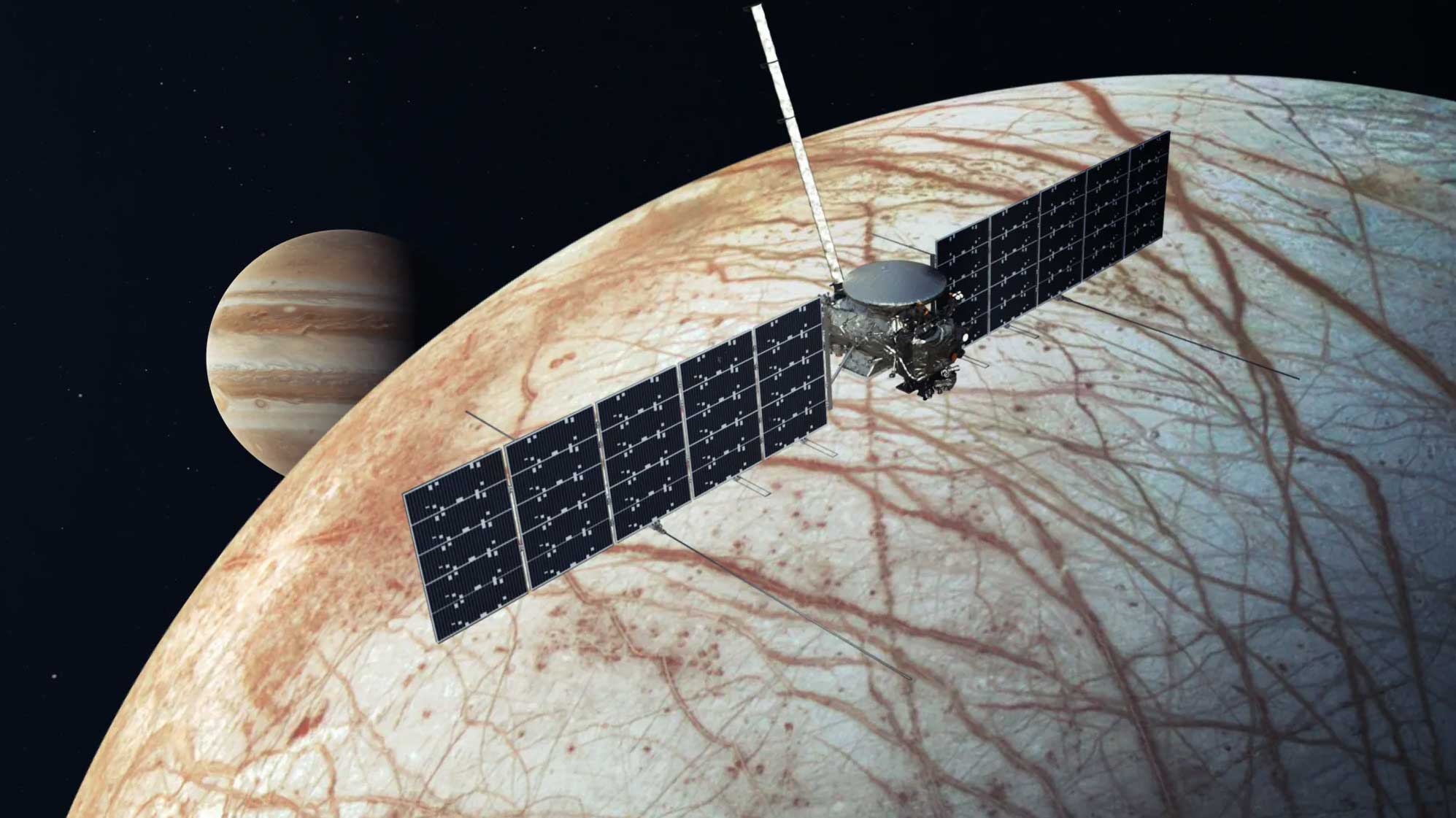
Space Exploration
From defending Earth against asteroids to exploring the sun, the planets, and the stars, Johns Hopkins has been a vital partner for decades in helping NASA achieve its space exploration missions. Meanwhile, the university’s leading astronomers and astrophysicists have been producing a steady yield of awe-inspiring discoveries and new findings about black holes, galaxies, exoplanets, and mysterious dark matter.
Exploring the cosmos physically and theoretically are endeavors that are simultaneously infinite in scope and intimate in impact. Johns Hopkins researchers gather data and information from the galaxy’s most distant, dark expanses to the moon’s glowing surface in order to decode the building blocks of life itself and to determine threats to Earth’s existence.
Johns Hopkins has been at the center of the some of history’s most inspiring space milestones. The Applied Physics Laboratory led efforts that resulted in the first photographs of Earth taken from space in 1946, the deployment of the first satellite navigation system in 1959 and the first landing of a spacecraft on an asteroid. More recently, APL has played a lead role in some of the most consequential modern-day space missions—including the New Horizons mission to Pluto and beyond, the Parker Solar Probe‘s exploration of some of the sun’s greatest mysteries, and the Double Asteroid Redirection Test (DART), a planetary defense demonstration mission.
Much of the university’s civilian space research are connected via Space@Hopkins, including work on astronaut health, astrophysics, robotics, earth and planetary sciences, and spacecraft engineering.
Johns Hopkins astrophysicist Adam Riess and his team won the Nobel Prize in Physics in 2011 for their discovery that the expansion rate of the universe is accelerating, a phenomenon widely attributed to a mysterious, unexplained “dark energy” filling the universe.
a boundary-breaking achievement
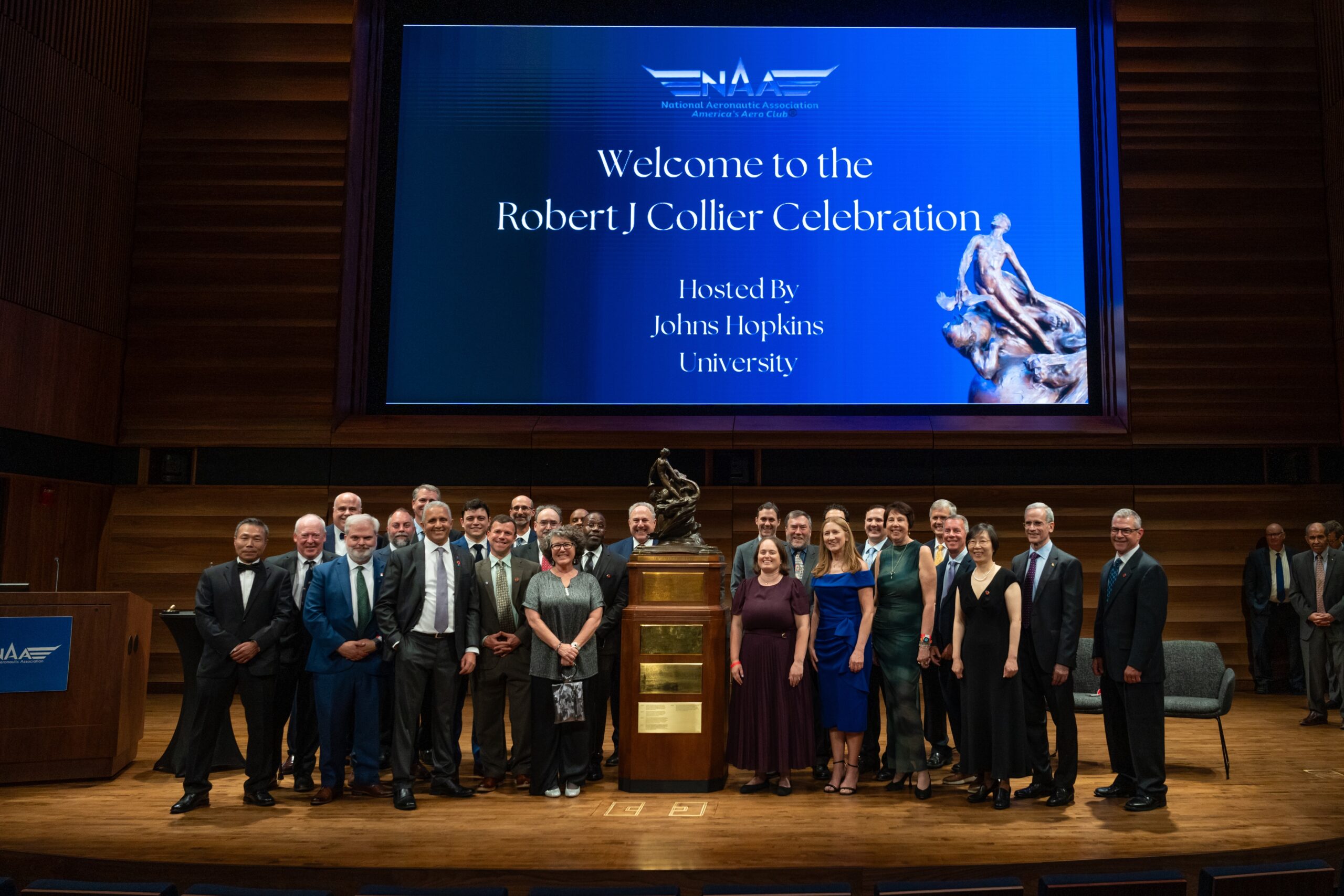
Parker Solar Probe awarded prestigious Collier Trophy for “touching the sun”
The Parker Solar Probe, a NASA and Johns Hopkins Applied Physics Laboratory mission to study the sun’s outer atmosphere, won the National Aeronautic Association’s 2024 Robert J. Collier Trophy for its boundary-breaking achievement.
Featured missions
Related research
Record broken: Hubble spots farthest star ever seen
Euclid space telescope data will shed light on evolution of dark universe
The Euclid space telescope successfully launched atop a SpaceX Falcon 9 rocket on July 1, 2023, and is now poised to collect data about millions of galaxies across one-third of the sky, part of a quest to better understand the so-called dark universe.
Three Johns Hopkins scientists—Bloomberg Distinguished Professor Chuck Bennett, Professor Brice Ménard, and Associate Research Scientist Graeme Addison—are part of the Euclid’s science team and will take part in the analysis of the mission’s data once collection begins.
Lunar rover moves one step closer to launch
In 2024, a small rover is set to roam the Moon, collecting critical data to help scientists better understand characteristics of the lunar surface. The Johns Hopkins Applied Physics Laboratory (APL) in Laurel, Maryland, recently received the rover from commercial partner Lunar Outpost in early August 2023. The rover is a key element of NASA’s Lunar Vertex payload suite.
Lunar Vertex will explore one of the Moon’s swirls, intriguing patterns of bright and dark soil that snake across the surface and coincide with swaths of magnetized rock. Scientists believe these areas can help them answer many questions about conditions on the Moon and other airless worlds throughout the solar system.
APL particle instruments on Jupiter mission successfully hum to life
In early June 2023, two months after their successful launch from French Guiana, the pair of particle instruments built by the Johns Hopkins Applied Physics Laboratory (APL) on behalf of NASA for the European Space Agency Jupiter Icy Moons Explorer (JUICE) spacecraft successfully hummed to life.
On June 5, spacecraft operators in Germany switched on the instruments, called Jovian Energetic Neutrals and Ions (JENI) and Jovian Energetic Electrons (JoEE). Together, they form the high-energy Particle Environment Package, or PEP-Hi, which is itself part of the six-instrument suite PEP.
At Jupiter, both instruments will not only help researchers understand the gas giant’s three icy, ocean-bearing moons — Europa, Callisto and Ganymede — but also elucidate the physical mechanisms that allow Jupiter to whip particles to near relativistic speeds and heat them close to 2 million degrees Fahrenheit (more than 1 million degrees Celsius).
Featured Experts
-

Sarah Hörst
Assistant Professor Earth and Planetary Sciences
Sarah Hörst’s primary research interest is atmospheric chemistry: working to understand the formation and composition of planetary atmospheric hazes. She is particularly interested in the complex organic chemistry occurring in the atmosphere of Titan, Saturn’s moon. See full profile
-

Charles L. Bennett
Alumni Centennial Professor of Physics and Astronomy
Charles L. Bennett’s research focuses on the cosmic microwave background, electromagnetic radiation as a remnant from the early universe. He has contributed to the establishment of a standard model of cosmology and is currently engaged in testing and extending that model. See full profile
Expert Briefing
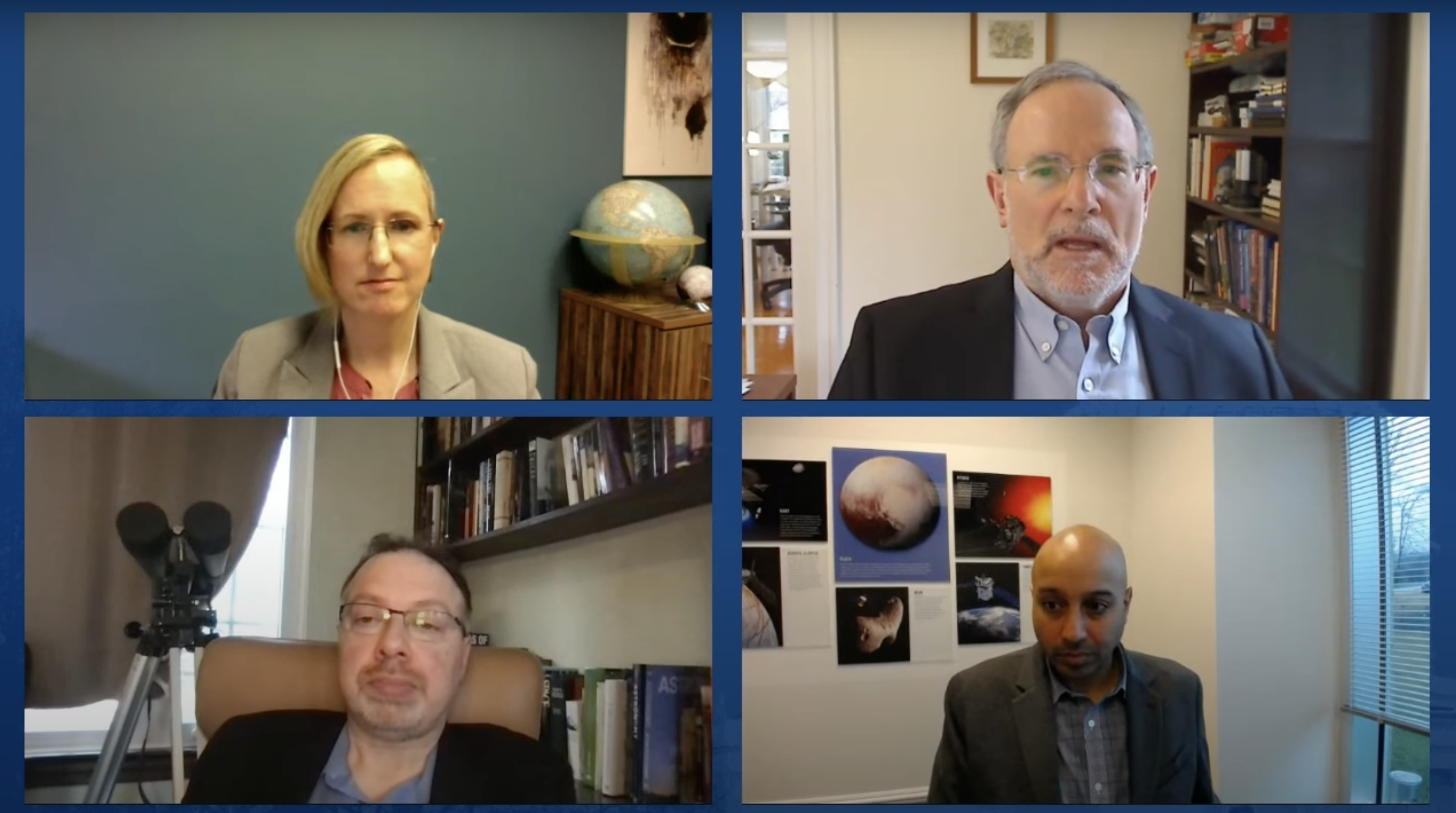
Civilian space exploration, discovery, and research
Johns Hopkins experts discuss the James Webb Space Telescope, developments in planetary science, the Parker Solar Probe, space weather, the Double Asteroid Redirection Test (DART) mission and planetary defense, and upcoming space missions.
